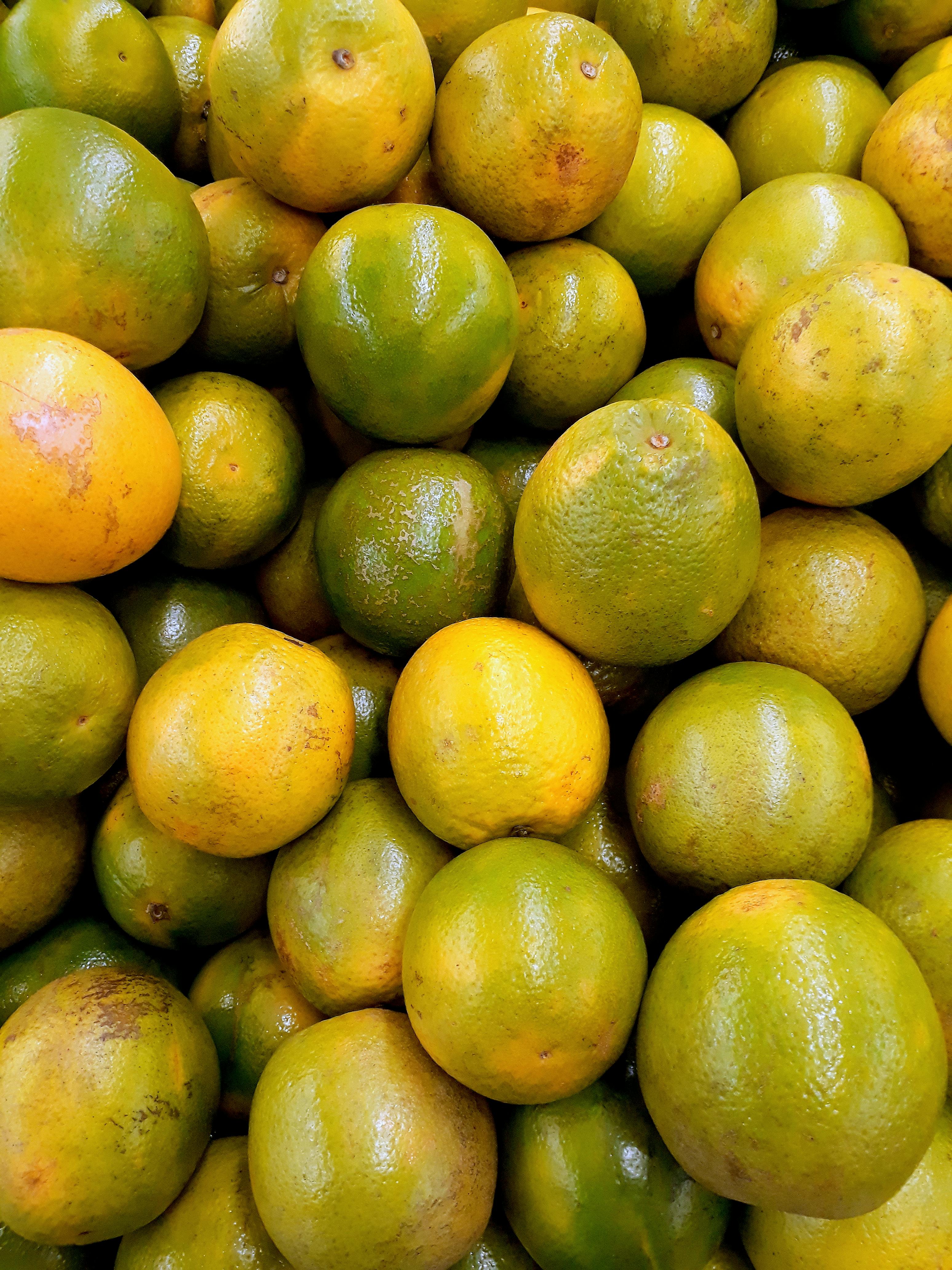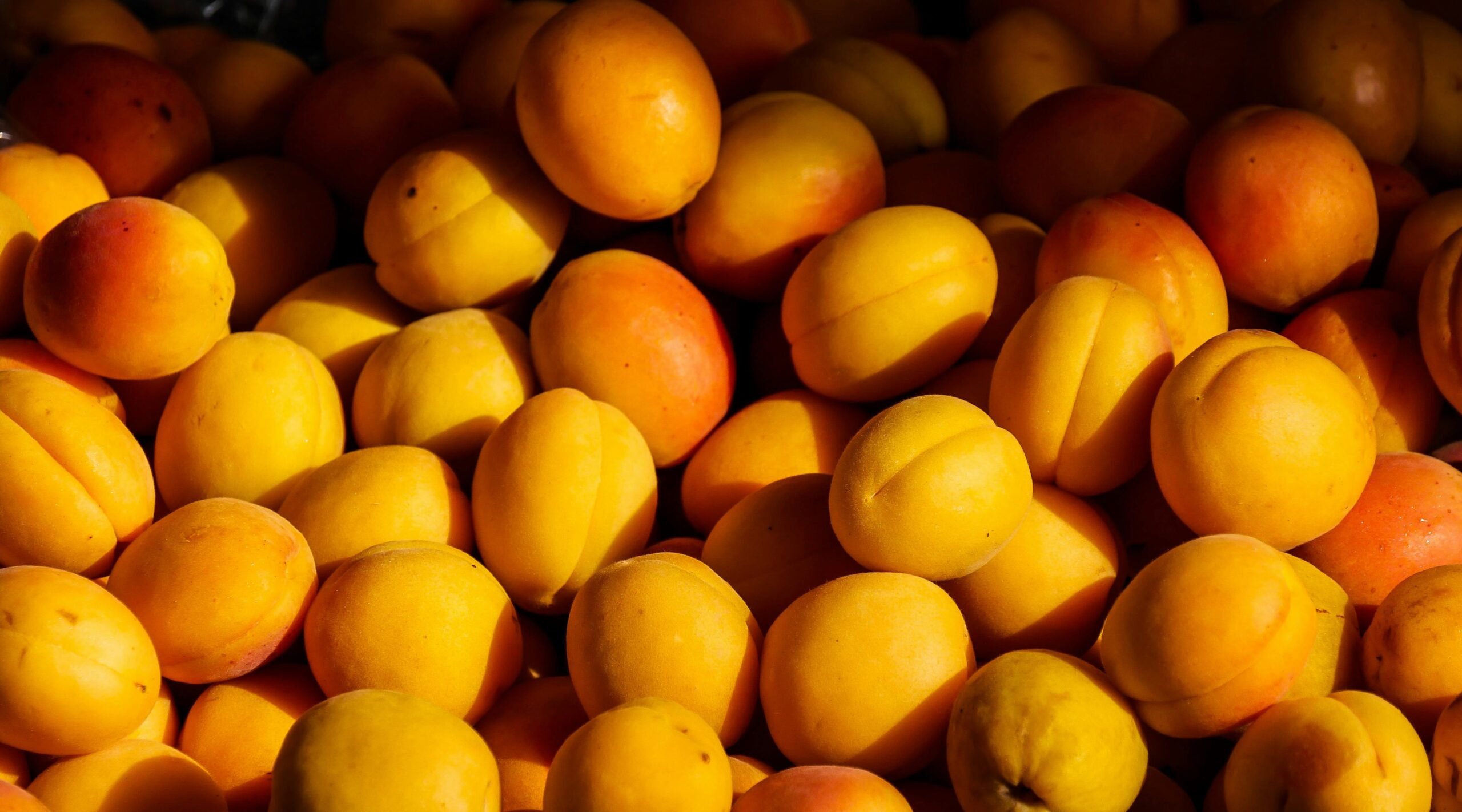Yellow Food Coloring Bulk Buying Guide & Industry Insights
Yellow food coloring is a staple ingredient in countless food products and recipes. Whether you’re running a bakery, restaurant, or food manufacturing business, sourcing yellow food coloring in bulk can streamline operations and reduce costs. In this guide, you’ll discover key insights about yellow food coloring bulk options, application techniques, quality control, and much more.

Understanding the Fundamentals
Yellow food coloring is a pigment or dye added to foods to provide a vibrant yellow hue. It plays a critical role in the visual appeal of many products—from desserts and beverages to savory snacks. The science behind food coloring has evolved tremendously, with both synthetic and natural alternatives available today.
The fundamentals of food coloring help businesses select the right product for taste, safety, and regulatory compliance. Understanding these basics helps avoid costly mistakes and ensures product consistency.
1.1 Types of Yellow Food Coloring
Yellow food colorings are typically categorized into two types: synthetic dyes and natural colorants. Synthetic options like FD&C Yellow No. 5 offer consistent brightness and stability. On the other hand, natural dyes like turmeric or beta-carotene appeal to clean-label trends.
In commercial baking, for instance, synthetic dyes may be preferred for their high heat tolerance, while organic food companies often choose plant-based colorants for a health-conscious audience.
1.2 Regulatory Standards and Safety
Different countries have unique standards for food dyes. In the U.S., the FDA regulates approved food colors, requiring manufacturers to meet stringent quality benchmarks. Yellow food coloring bulk purchases must adhere to these guidelines to avoid legal complications.
Using approved and certified dyes ensures not only legal compliance but also builds consumer trust and brand credibility.
Practical Implementation Guide
Once you understand the basics, the next step is integrating yellow food coloring into your workflow. Whether you’re formulating a new product or scaling production, practical implementation is key to achieving desired results with consistency.

2.1 Actionable Steps
- Determine Your Needs: Assess your production volume and choose between powder, gel, or liquid formulations depending on application.
- Select a Trusted Supplier: Work with reputable vendors that offer yellow food coloring in bulk with certificates of analysis.
- Test and Calibrate: Perform small-batch tests to fine-tune the color intensity and confirm stability under different conditions.
2.2 Overcoming Challenges
Common issues include color fading, inconsistent mixing, and regulatory missteps. To overcome these:
- Use stabilizers for natural colorants prone to degradation.
- Invest in automated mixing systems for large-scale batches.
- Double-check documentation to ensure legal compliance.
Experts recommend routine QA testing and maintaining an updated database of food color regulations for different markets.
Advanced Applications
Beyond standard recipes, yellow food coloring finds usage in sophisticated industrial and artisanal formulations. These advanced applications can enhance branding, customer engagement, and product functionality.

3.1 Color Layering Techniques
In premium dessert manufacturing, yellow coloring is layered with other hues for a gradient effect. This requires precise pH and temperature controls. For example, luxury macarons often use layered yellows to create lemon-themed aesthetics with a vibrant shell and soft interior.
3.2 Integration with Flavor Systems
Advanced applications also involve combining yellow food coloring with flavor emulsions. This ensures synchronized color-taste profiles, like banana, lemon, or mango. Professionals in beverage manufacturing use microencapsulation to stabilize both flavor and color over time.
Future Outlook
The global food coloring market is expected to exceed $6 billion by 2027. Yellow food coloring, particularly from natural sources, is gaining traction due to rising consumer demand for clean labels and sustainable sourcing.
Businesses can prepare by investing in natural pigment R&D, partnering with certified organic suppliers, and adopting flexible formulations that accommodate ingredient volatility.
Conclusion
To summarize:
- Yellow food coloring in bulk offers cost and operational advantages.
- Choosing the right type and supplier is crucial for consistency and compliance.
- Advanced uses and future trends show exciting growth opportunities in the field.
Whether you’re in food service, manufacturing, or product innovation, leveraging yellow food coloring bulk options can drive both efficiency and creativity. Start sourcing smartly and experimenting safely today to stand out in your market.
Frequently Asked Questions
- Q: What is yellow food coloring made from? Yellow food coloring can be synthetic (like Tartrazine) or natural (such as turmeric or saffron extracts).
- Q: How do I start using yellow food coloring in bulk? Begin by identifying your formulation needs, then source from a verified bulk supplier and conduct small-scale tests.
- Q: How long does yellow food coloring last? Shelf life varies—synthetic versions can last 2-3 years, while natural dyes may have a shorter shelf life of 6-12 months.
- Q: What does yellow food coloring bulk typically cost? Prices range from $10–$50 per pound depending on quality, source, and quantity ordered.
- Q: Is yellow food coloring better than other colors? Yellow offers brightness and versatility but should be chosen based on product goals. Other colors may offer different psychological effects or ingredient compatibility.
- Q: Is yellow food coloring hard to use? Not at all. It’s easy to integrate with basic training and recipe standardization practices.
- Q: Can yellow food coloring be used in health products? Yes, especially when using natural sources like beta-carotene or annatto, which offer additional health benefits.
